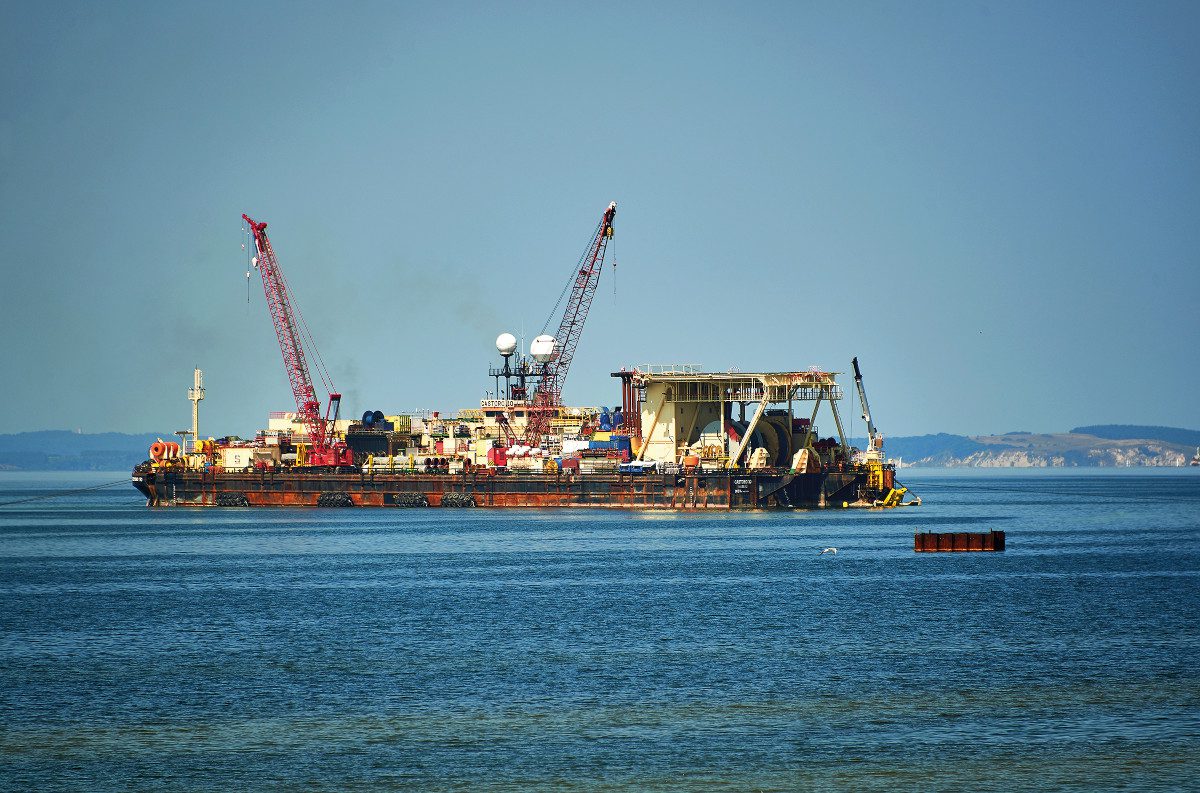
The methane leak resulting from the damage to the Nord Stream gas lines in the Baltic Sea is estimated to be equal to the size of a whole year’s methane emissions of a country like Denmark or a city the size of Paris. The methane emissions are confirmed by ground-based observations from several stations in Sweden, Norway, and Finland, which were made using the Integrated Carbon Observation System (ICOS). Observation satellites were not able to see the emission leaks, because the weather was cloudy, as researchers involved with the system explain.

Researchers assume the wind on the leak area blew the methane emissions north towards the Finnish archipelago, before bending towards Sweden and Norway, said senior scientist Stephen Platt from the Norwegian Institute for Air Research, NILU.
The researchers at NILU have modelled how the methane emissions move in the atmosphere. More information on the modelling is available here: https://fileshare.icos-cp.eu/s/kjnownB7e3aXL93.
“At a later stage we might be able to confirm and quantify the amount of gas leaked,” he said, a topic with which his group is currently concerned.
“Right now, particularly given the complex meteorological conditions, and that the methane is still bubbling up from the pipes, it is unfortunately not yet possible,” said Alex Vermeulen, Director of ICOS Carbon Portal, in a 30 September release from the firm.
“We see the benefit of a standardised, large network in cases like this, where we can quickly and reliably detect unexpected greenhouse gas increases or decreases. The main purpose of ICOS is to assess the efficiency of climate change mitigation efforts, but obviously, it is also very useful in detecting this type of sudden case,” said Director General of ICOS, Werner Kutsch. ICOS is financed by its 14 European member countries.
ICOS is a greenhouse gas observation system, that has 150 physical measurement stations across Europe and the adjacent oceans. Stations are hosted by the top universities and institutes in Europe. ICOS has established standardised measurement methods and processes to deliver data near real-time, allowing fast and precise comparisons of the observations.






